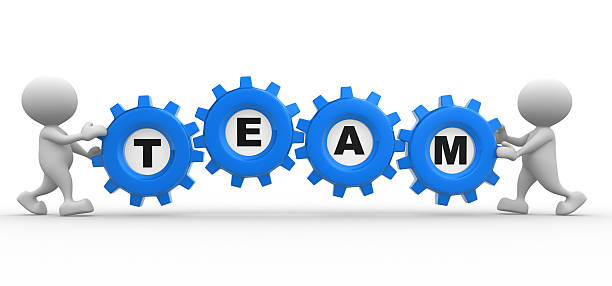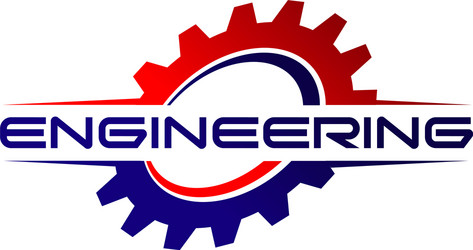Starting
When dc supply is switched on to the motor the armature winding draws a current. The current distribution within the stator armature winding depends upon rotor position and the devices turned on. An emf perpendicular to the permanent magnet field is set up. Then the armature conductors experience a force. The reactive force develops a torque in the rotor. If this torque is more than the opposing frictional and load torque the motor starts. It is a self-starting motor.
Demagnetization curve
As the motor picks up speed, there exists a relative angular velocity between the permanent magnet field and the armature conductors. AS per faradays law of electromagnetic induction, an emf is dynamically induced in the armature conductors. This back emf as per len‘s law opposes the cause armature current and is reduced. As a result the developed torque reduces. Finally the rotor will attain a steady speed when the developed torque is exactly equal to the opposing frictional load torque. Thus the motor attains a steady state condition.
Electromechanical transfer
When the load – torque is increased, the rotor speed tends to fall. As a result the back emf generated in the armature winding tends to get reduced. Then the current drawn from the mains is increased as the supply voltage remains constant. More torque is developed by the motor. The motor will attain a new dynamic equilibrium position when the developed torque is equal to the new torque. Then the power drawn from the mains V *I is equal to the mechanical power delivered 2ᴨNT/60 = Pm =ωT and the various losses in the motor and in the electronic switching circuitry.

